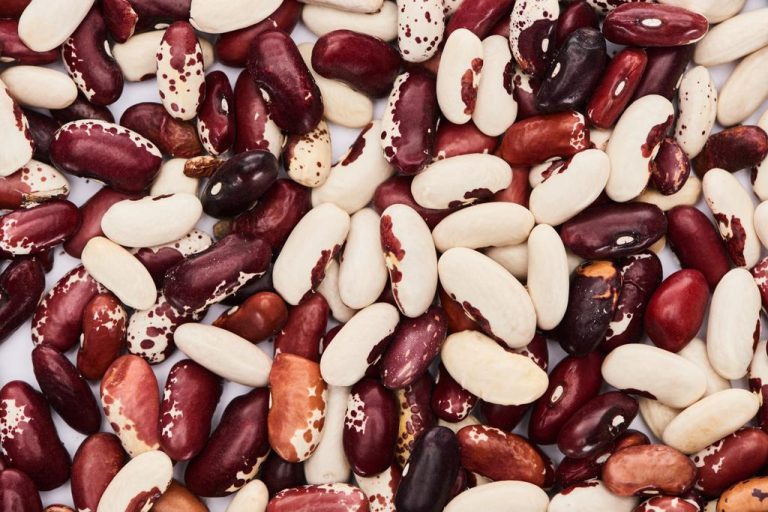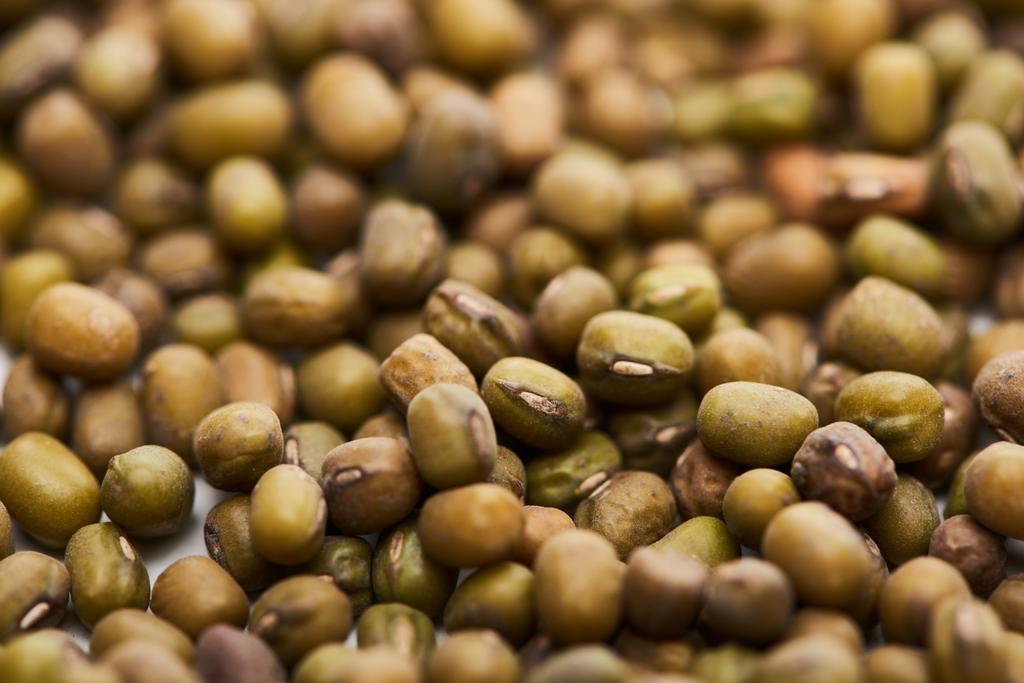Whether for school, work or just because: learning languages is important for many people. But it’s not that simple – or maybe it is? Here are five tips on how you can easily improve your language skills.

#1 Podcasts, Series, YouTube and Co.
One of the easiest and most popular methods, especially among the younger generation, is to watch series or films in the original language. In particular, because puns and inside jokes are not lost. It has the positive side effect that you learn new words and phrases in a playful way without realizing it. If the original language is not the target language, you can of course switch films and series to the desired language. This is very easy to do with streaming services such as Netflix, Amazon and Disney+.
But even if you don’t want to spend money on the television services, you can easily immerse yourself in the language with the help of YouTube videos or podcasts. There are YouTubers from almost every country in the world who film and upload videos in their native language. Whether vlogs, cooking videos or specific language learning videos. The “genre” doesn’t matter in learning as long as you’re actively listening. This can lead to great difficulties in understanding, especially in the beginning. This can be remedied by subtitles, which can be generated automatically for many videos.
Podcasts also offer audios on a wide variety of topics in different languages. For example, you can easily improve your language skills on the way to work or when going shopping. Special podcasts that specialize in language learning can be particularly interesting here. The Coffee Break Podcasts, for example, upload short audio files on various topics that you can use to learn the language bit by bit. There are also a growing number of news podcasts designed to speak extra slowly and clearly to make it easier to understand.
#2 Read, read, read
If television and podcasts are not for you, you can easily read in your desired target language. Nowadays, the internet makes it very easy to find books, newspapers, etc. in all languages. If you don’t mind reading on your phone, tablet or computer, there are some apps that also offer many books in different languages. Amazon’s Kindle, iBooks or eLibrary from your local library offer a variety of e-books that you can even read on the go. A particular advantage of reading online is that you can quickly and easily look up words that you do not yet know in your target language in the dictionary on your mobile device.
Of course, conventional books have the same effect as e-books and can also help to better memorize vocabulary and proverbs due to their special reading experience.
Above all, reading promotes your vocabulary, but grammar is also learned particularly well here. Because by repeatedly reading a wide variety of phrases, tenses and sentence constructions, they can be internalized particularly well.
#3 Exchange and language trip
Exchanges and language trips are also very popular when learning a new language. Some students have the opportunity to take part in a year abroad or an exchange while they are still at school. After graduating from school, it makes sense to do a gap year while going abroad or to do a semester abroad during your studies. But not only young people should take advantage of these opportunities. There are numerous agencies that offer language trips for people of all ages.
Living with a host family during this time helps immensely to develop language skills. You also learn a lot about the culture and lifestyle of the residents in the host country, which can also have a positive effect on learning behavior.
#4 language tandem
If an exchange or a language trip is too expensive or doesn’t work for other reasons, you don’t have to do without direct personal exchange with people from the target country. Language tandems are a cost-effective and interactive alternative. Such tandems are often offered by schools, adult education centers or universities. But you can also quickly find people with whom you can work together on social networks such as Facebook or Instagram.
In such a cooperation, two people who want to learn each other’s mother tongue come together and exchange ideas. It is usually arranged in such a way that people meet about once a week for an hour and then speak the respective language for half an hour. However, everyone could also speak the respective target language and correct the partner if a mistake is made. There are no limits to the execution of the exchange, it is best for you to find out for yourself how you can get the greatest benefit from it.
#5 Language Learning Apps
As with almost everything, there are numerous apps for language learning that can help you. In addition to the book apps mentioned above, there are also special language learning apps that teach you the language in a playful way. Duolingo and Babbel, which offer their services for countless languages, are particularly well-known and popular here.
With step-by-step learning and goal setting, the apps provide a good learning atmosphere with reminders and rewards. All areas that are important for languages are also learned here: listening, reading and speaking are specifically tested in the individual exercises so that you get fit in all areas.

Learning languages: It’s all in the mix!
Speaking, reading and listening are essential in language learning, so a mix of all is best to learn your target language the fastest. However, one should not overdo it either. At the end of the day, having fun is the most important thing, because without having fun, the whole thing is only half as effective!







